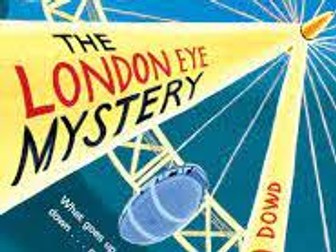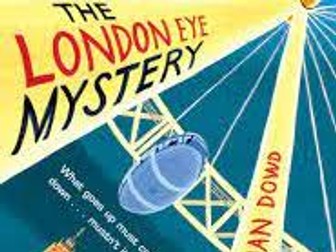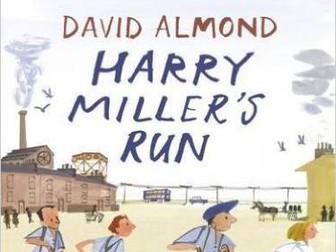The London Eye Mystery- 11 Week Scheme of Work
<p>The London Eye Mystery by Siobhan Dowd tells the story of how Ted, a boy with Asperger syndrome, and his sister Kat, solve the mystery of how their cousin, Salim, seemingly vanishes from inside a sealed capsule on the London Eye</p>
<p>This 11-week scheme works through the book and combines activities linked to Power of Reading and Talk for Writing. Grammar is linked into the scheme based on the type of writing. Weeks are made up of 3 and 4 lessons allowing for writing to take place over 2 days and also editing lessons based on your pupil needs.</p>
<p><strong>Text Types</strong><br />
Throughout the 11-week scheme, the children will study in detail and write at length the following text types:</p>
<ul>
<li>Explanation,</li>
<li>Formal Letter,</li>
<li>Newspaper Report</li>
<li>Poetry (Shakespearean Iambic Pentameter).</li>
</ul>






